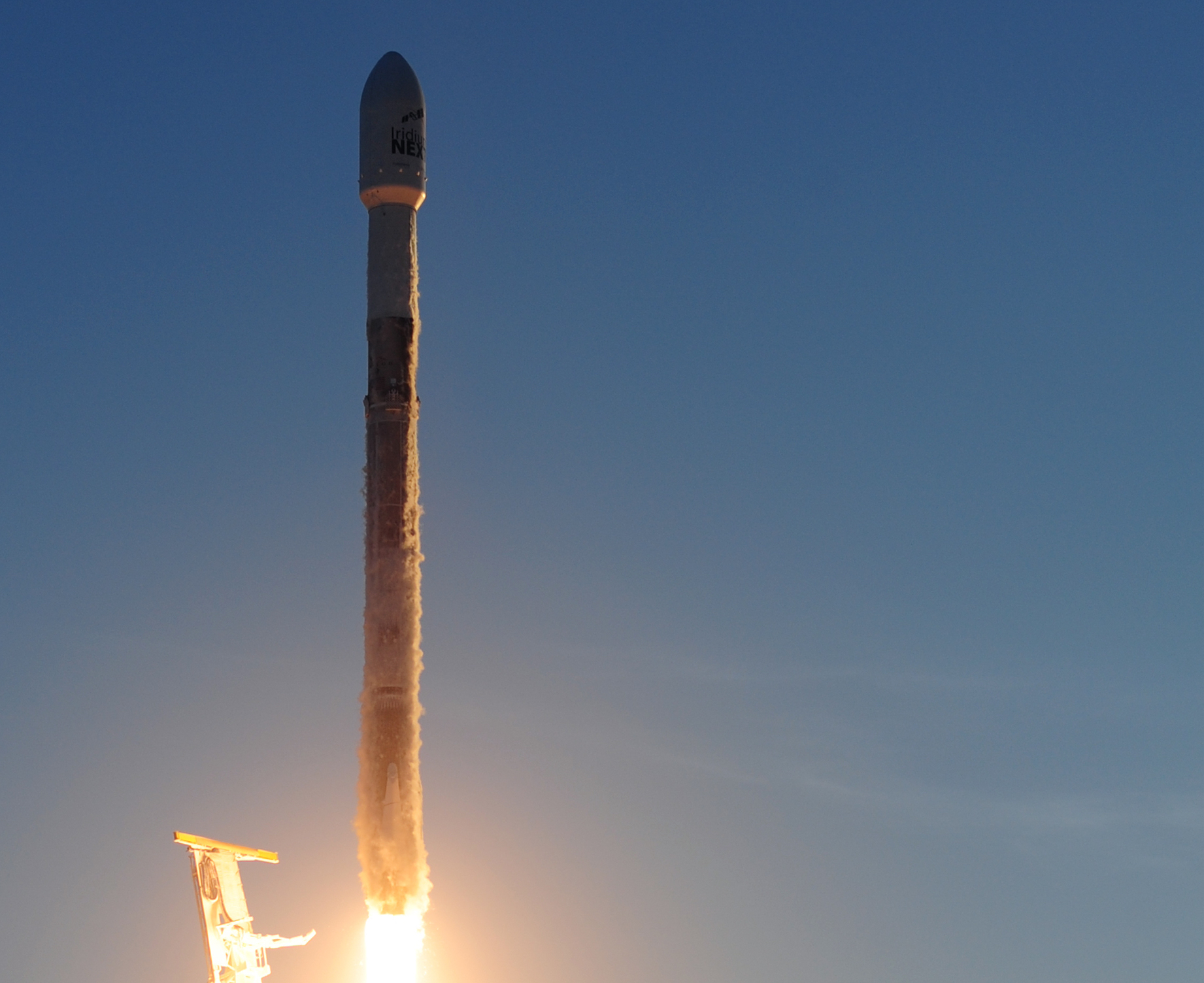
The question around a push for new Pentagon organization to oversee the military’s interest in space is defining, “what’s the problem we’re trying to solve” a group of national security agreed on Monday.
“There isn’t clarity at all what the problem is,” Sean O’Keefe, a former secretary of the Navy and NASA administrator, said at the Center for Strategic and International Studies in Washington, D.C. on Monday. The Department of Defense “sure doesn’t require another ‘stovepipe of excellence’.” he added.
But O’Keefe and the other panelists agreed a unified space command under the Department of the Air Force control “has great value” with certain caveats, especially when it comes to a Space Development Agency charged with acquisition.
Space is a contested domain “and could be decisive in a future conflict,” Retired Air Force Gen. Robert Kehler, who headed Strategic Command, said. He said it comes down to a matter now of readiness and how to address that challenge as a joint warfighting problem. “We have space operators today,” but “we need combat space operators” who use lethality as their metric for success.
Robert Work, former deputy secretary of Defense, said space was integral to its Third Offset Strategy, was a central focus of his tenure and was given great importance in earlier administrations as well.
While space has been important to the Pentagon, there was a shift of focus and priorities after the terrorist attacks on the United States in 2001, Kehler added.
Although Congress and the Trump administration “want to see concrete steps” taken to emphasize space as a separate domain central to the Pentagon mission, Work said they need to realize that it cuts across all the services — in the same way that nuclear, cyber and electronic warfare does. “Budget share [between the services and Office of the Secretary of Defense] is very difficult to move,” say taking some money from shipbuilding and moving it to cyber.
Current Deputy Secretary of Defense Patrick Shanahan identified “Air Force Space Command is the shell” in going forward as a solid move, Work said. He added the existing Space and Missile Center provides the base for a future Space Development Agency for research and development and procurement. As for personnel in the future as a separate command, it could pull them from all the services like Special Operations Command.
“A separate military department must be set up for success,” Kehler said. That is “more than a patch change” and a “minimalist approach” of shifting the 15,000 military and civilians already in the Pentagon engaged in space activities and their budgets to a new department.
Letitia Long, former director of the National Geospatial-Intelligence Agency, said, “Form follows function,” so basic organizational questions have to be addressed. She included forward-deployment of forces, such as Cyber Command, does now; what is the role of intelligence -gathering and dissemination in the new command or department; who is responsible for missiles in space; how does the commercial sector fit?
Some of “those functions don’t exist today… we’ll have to grow them. It’s not a trivial matter,” as are those surrounding tactics, techniques and procedures
Looking solely at satellites as a space issue, “government does not do what the commercial sector does,” which insists on speed and throwing out “a satellite a day” to a communications constellation as its model, Kehler said. It has different requirements than, cheaper, faster, more profit.
“Small satellites don’t work” against near-peer competitors like Russia and China, which have already demonstrated their military capabilities of anti-access/area denial in space, Work said. “A medium-sized bus that has the fuel to maneuver” is an approach that the Pentagon can follow that provides satellite communications resiliency if attacked.
“We have to have spiral development” in building satellites that speed the acquisition process and provides the fidelity combatant commanders demand and the resiliency the Pentagon needs for security from threats in space or ground-based jamming or laser strikes, O’Keefe added.
The fact is “the pace of technology is going faster than the [Pentagon’s] acquisition system” can handle and that shows the need for rapid prototyping and spiral development, Kehler said.
Work and Kehler stressed the United States retains a competitive edge in space over Russia and China, particularly, and North Korea’s jamming capabilities as well. “We are really, really thinking hard” about how to provide security for the future in the domain and how “we can threaten theirs,” Work said.





